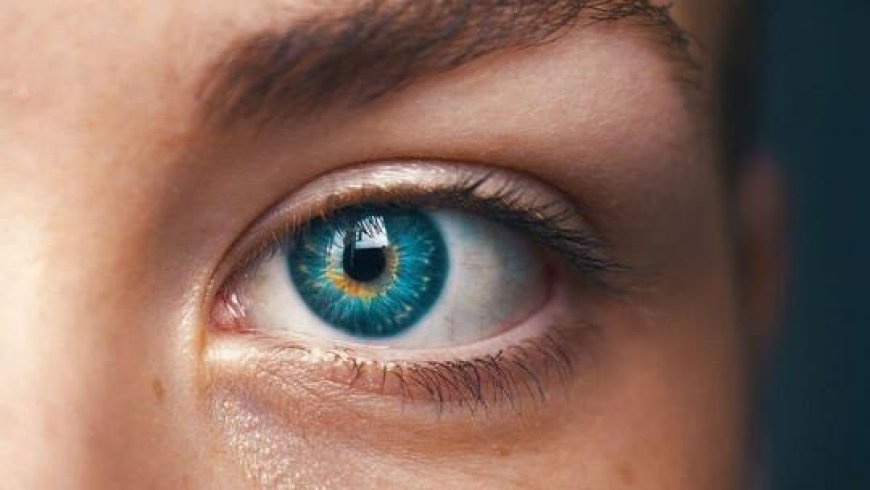Syringoma
Syringoma is a benign skin condition characterized by small, firm bumps that typically appear on the face, particularly around the eyes, cheeks, and forehead.

Understanding Syringoma: Causes, Symptoms, and Treatment Options
Syringoma is a benign skin condition characterized by small, firm bumps that typically appear on the face, particularly around the eyes, cheeks, and forehead. Although these growths are harmless and non-cancerous, they can be a source of cosmetic concern for many individuals. This article delves into the causes, symptoms, diagnosis, and treatment options for syringoma, providing a comprehensive overview of this common dermatological condition.
What is Syringoma?
Syringomas are small, sweat duct tumors that develop in the eccrine glands, which are responsible for producing sweat. These growths are typically 1-3 millimeters in diameter and have a smooth, rounded appearance. They are often skin-colored or slightly yellowish and may appear singly or in clusters. While syringomas are most commonly found on the face, they can also occur on the neck, chest, abdomen, and armpits.
Syringomas are more prevalent in women than in men and often develop during adolescence or early adulthood. However, they can appear at any age. Although the exact cause of syringoma is not fully understood, several factors, including genetics and hormonal changes, are believed to play a role in their development.
Causes and Risk Factors
The precise cause of syringoma remains unclear, but researchers have identified several potential contributing factors:
1. Genetics: Syringomas tend to run in families, suggesting a genetic predisposition. Individuals with a family history of the condition are more likely to develop it.
2. Hormonal Changes: Hormonal fluctuations, particularly during puberty, pregnancy, or menopause, may trigger the development of syringomas. This could explain why the condition is more common in women.
3. Skin Type: People with certain skin types, such as those with oily or acne-prone skin, may be more susceptible to developing syringomas.
4. Underlying Medical Conditions: In rare cases, syringomas may be associated with other medical conditions, such as diabetes mellitus or Down syndrome.
5. Sun Exposure: Prolonged exposure to ultraviolet (UV) radiation from the sun may exacerbate the condition, although this link is not definitively proven.
Symptoms of Syringoma
Syringomas are primarily a cosmetic concern and do not typically cause physical discomfort. However, some individuals may experience mild itching or irritation, especially if the growths are located in areas prone to friction, such as the armpits or groin. The key characteristics of syringomas include:
Appearance: Small, firm, skin-colored or yellowish bumps.
Size: Typically 1-3 millimeters in diameter.
Location: Most commonly found on the face, particularly around the eyes, but can also appear on the neck, chest, and other areas.
Texture: Smooth and rounded, often resembling tiny pearls.
Clustering: Syringomas often appear in groups rather than as isolated bumps.
It is important to note that syringomas are benign and do not pose any health risks. However, their appearance can sometimes be mistaken for other skin conditions, such as milia, xanthelasma, or basal cell carcinoma. Therefore, a proper diagnosis by a dermatologist is essential.
Diagnosis of Syringoma
If you notice small bumps on your skin that resemble syringomas, it is important to consult a dermatologist for an accurate diagnosis. The diagnostic process typically involves:
Visual Examination: A dermatologist will examine the bumps and assess their size, shape, color, and location.
Dermoscopy: This non-invasive tool allows the dermatologist to examine the skin lesions in greater detail using a magnifying device.
Skin Biopsy: In some cases, a small sample of the affected skin may be taken and examined under a microscope to confirm the diagnosis. This helps rule out other conditions that may have a similar appearance.
Treatment Options for Syringoma
While syringomas are harmless and do not require treatment, many individuals seek removal for cosmetic reasons. Several treatment options are available, each with its own benefits and drawbacks. It is important to discuss these options with a dermatologist to determine the most suitable approach based on the size, location, and number of syringomas.
Topical Treatments:
Retinoids: Topical retinoids, such as tretinoin, may help reduce the appearance of syringomas by promoting cell turnover. However, results are often limited, and the treatment may take several months to show any effect.
Chemical Peels: Chemical peels involve applying a solution to the skin to exfoliate the outer layer, which may help improve the appearance of syringomas. This treatment is generally more effective for superficial lesions.
Laser Therapy:
CO2 Laser: This laser treatment uses concentrated beams of light to vaporize the syringomas layer by layer. It is highly effective but may require multiple sessions and carries a risk of scarring or pigmentation changes.
Pulsed Dye Laser: This laser targets the blood vessels within the syringomas, reducing their size and appearance. It is less invasive than CO2 laser therapy but may also require multiple treatments.
Electrocautery:
Electrocautery involves using an electric current to burn off the syringomas. This method is effective but may cause scarring or changes in skin texture.
Cryotherapy:
Cryotherapy uses liquid nitrogen to freeze and destroy the syringomas. While this method is quick and relatively inexpensive, it may cause blistering, scarring, or changes in skin pigmentation.
Surgical Excision:
In some cases, syringomas may be surgically removed using a scalpel or punch biopsy tool. This method is typically reserved for larger or more persistent lesions and may result in scarring.
Microdermabrasion:
This non-invasive procedure involves exfoliating the skin using fine crystals or a diamond-tipped wand. While it may improve the appearance of syringomas, it is generally less effective than other treatments.
Prevention and Management
Since the exact cause of syringoma is unknown, there are no guaranteed methods for preventing their development. However, the following tips may help manage the condition and reduce the risk of recurrence after treatment:
Sun Protection: Wearing sunscreen and avoiding excessive sun exposure can help protect the skin and prevent the worsening of syringomas.
Gentle Skincare: Using gentle, non-comedogenic skincare products can help maintain healthy skin and reduce the risk of irritation.
Regular Check-ups: If you have a history of syringomas, regular visits to a dermatologist can help monitor the condition and address any new growths promptly.
Living with Syringoma
For many individuals, syringomas are a cosmetic concern rather than a medical issue. While the condition is harmless, it can affect self-esteem and confidence, particularly if the growths are prominent or located on highly visible areas like the face. Seeking support from a dermatologist or counselor can help address any emotional or psychological impact.
It is also important to remember that syringomas are a common and benign condition. With advancements in dermatological treatments, there are numerous options available to improve their appearance and help individuals feel more comfortable in their skin.
Conclusion
Syringoma is a benign skin condition that, while harmless, can be a source of cosmetic concern for many individuals. Understanding the causes, symptoms, and treatment options can help those affected make informed decisions about managing the condition. Whether through topical treatments, laser therapy, or surgical removal, there are various ways to address syringomas and improve their appearance. If you suspect you have syringomas, consult a dermatologist for an accurate diagnosis and personalized treatment plan. With proper care and management, it is possible to achieve clearer, healthier skin and boost your confidence.
